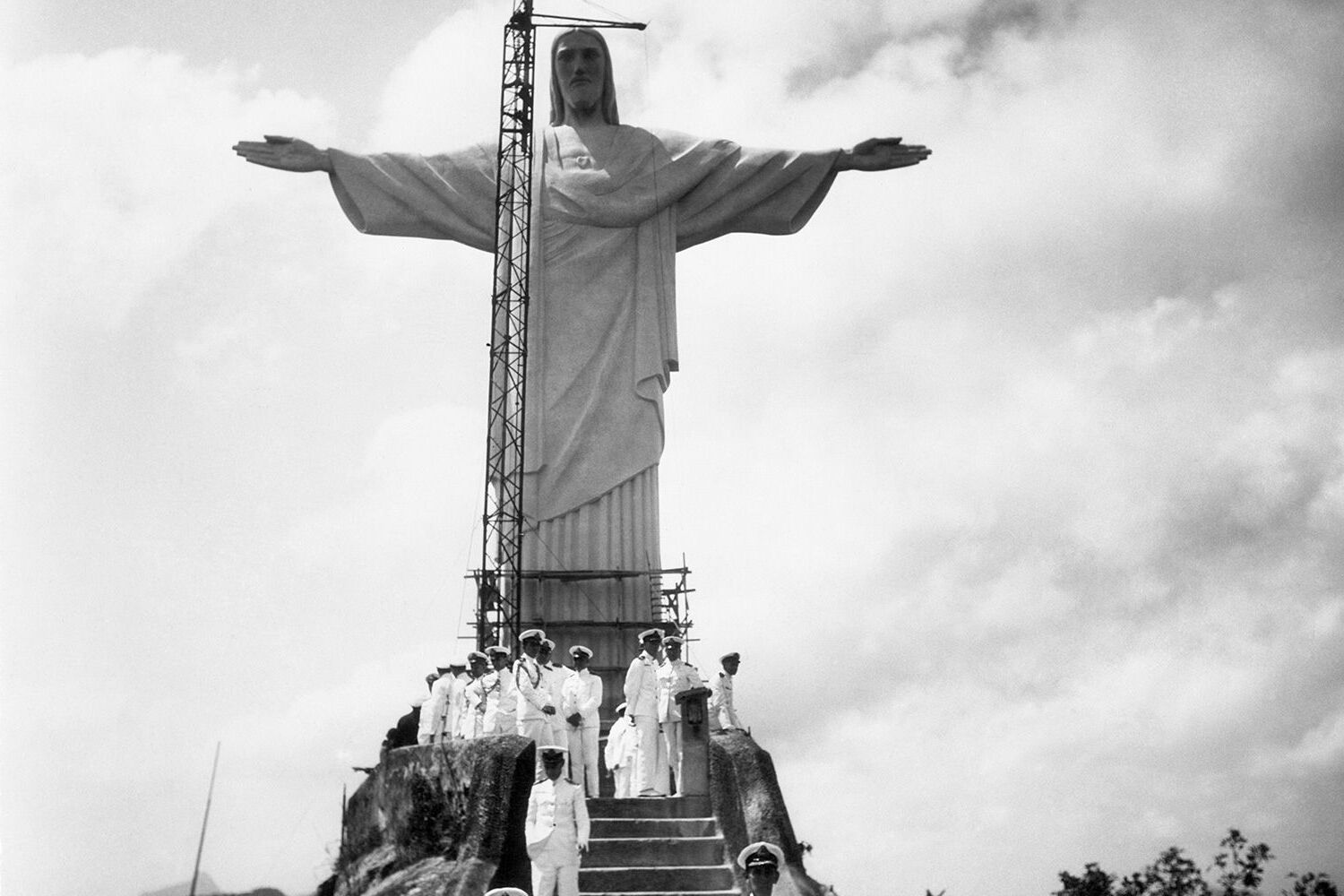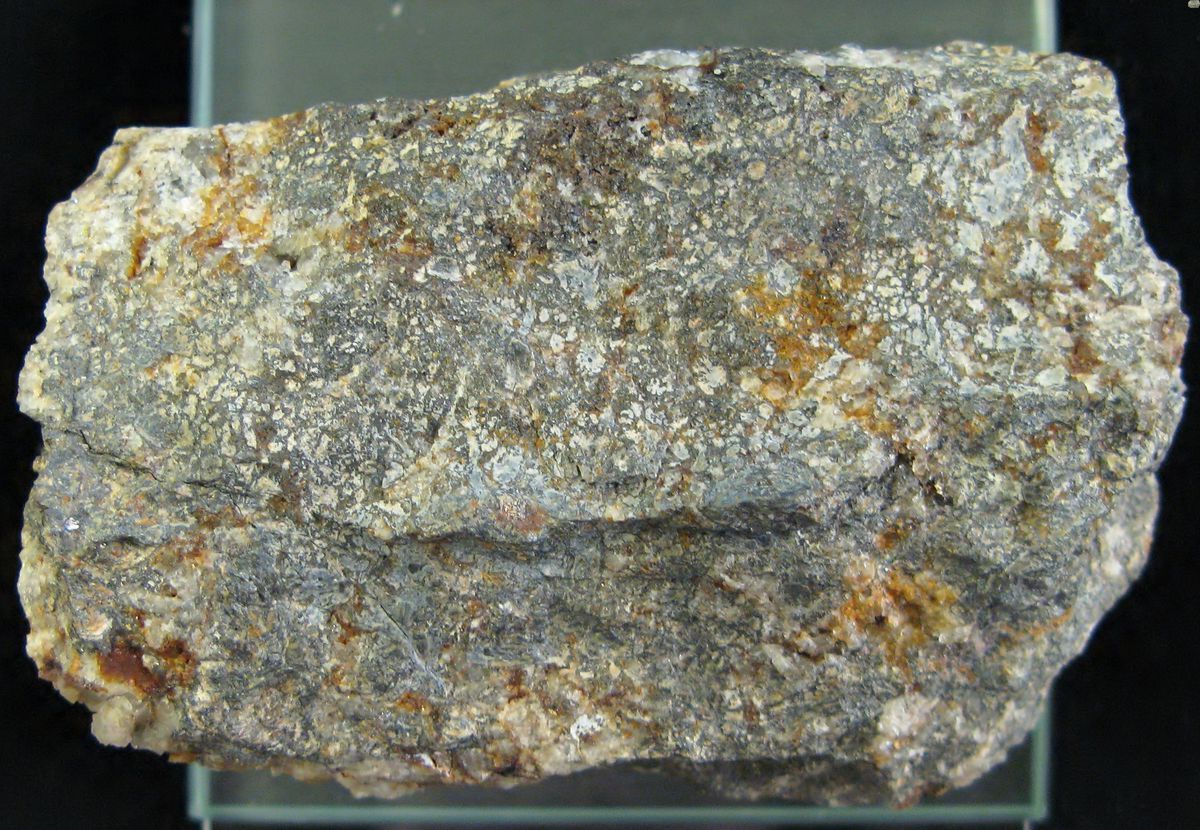
The 1930s was a decade of profound change and significant events. From the Great Depression to the rise of iconic cultural phenomena, this era shaped much of the modern world. What made the 1930s so remarkable? The decade saw the birth of legendary films, groundbreaking scientific discoveries, and pivotal political movements. Jazz music flourished, and swing dancing became a national craze. Amidst economic hardship, people found ways to innovate and adapt. The 1930s also witnessed the construction of monumental structures like the Golden Gate Bridge. This period wasn't just about struggle; it was also about resilience, creativity, and transformation. Let's dive into some fascinating facts that highlight the essence of this transformative decade.
Key Takeaways:
- The 1930s were a time of both hardship and innovation, with the Great Depression causing widespread suffering while also sparking remarkable advancements in technology and science.
- Despite the challenges of the Great Depression, the 1930s were a period of cultural and social change, with significant achievements in music, film, literature, and the establishment of important labor laws.
The Great Depression's Impact
The 1930s were marked by the Great Depression, a severe worldwide economic downturn. This period saw significant changes in society, politics, and daily life.
- The Great Depression began in 1929 and lasted until the late 1930s, causing widespread unemployment and poverty.
- Many families lost their homes and lived in makeshift shantytowns called "Hoovervilles," named after President Herbert Hoover.
- The Dust Bowl, a series of severe dust storms, devastated the agricultural sector in the central United States, displacing thousands of farmers.
Technological and Scientific Advancements
Despite economic hardships, the 1930s saw remarkable technological and scientific progress. Innovations during this decade laid the groundwork for future developments.
- The first jet engine was developed by Frank Whittle in 1937, revolutionizing air travel.
- In 1938, Roy J. Plunkett accidentally discovered Teflon, a non-stick material now used in cookware and various industries.
- The invention of nylon by Wallace Carothers in 1935 provided a synthetic alternative to silk and revolutionized the textile industry.
Cultural Milestones
The 1930s were also a time of significant cultural achievements in music, film, and literature. These contributions continue to influence modern culture.
- The Golden Age of Hollywood began in the 1930s, producing iconic films like "Gone with the Wind" and "The Wizard of Oz."
- Swing music, characterized by its lively rhythm and big band sound, became immensely popular during this decade.
- The first paperback books were introduced in 1935 by Penguin Books, making literature more accessible to the masses.
Political Changes and Movements
The 1930s were a period of political upheaval and the rise of new ideologies. These changes had lasting effects on global politics.
- Franklin D. Roosevelt's New Deal programs aimed to provide relief, recovery, and reform to combat the Great Depression.
- The rise of totalitarian regimes in Germany, Italy, and Japan set the stage for World War II.
- The Spanish Civil War (1936-1939) was a significant conflict that drew international attention and involvement.
Sports and Entertainment
Sports and entertainment provided an escape from the harsh realities of the Great Depression. Many memorable events and figures emerged during this time.
- Jesse Owens won four gold medals at the 1936 Berlin Olympics, challenging Nazi propaganda about racial superiority.
- The first Major League Baseball All-Star Game was held in 1933, becoming an annual tradition.
- Monopoly, the popular board game, was first published by Parker Brothers in 1935, offering a fun distraction for families.
Social Changes and Movements
The 1930s saw significant social changes and movements that shaped the future of civil rights and labor laws.
- The Fair Labor Standards Act of 1938 established minimum wage, overtime pay, and child labor regulations, improving working conditions for many Americans.
The Legacy of the 1930s
The 1930s left an indelible mark on history. From the Great Depression to the rise of Hollywood, this decade was a time of significant change. Technological advancements like the invention of the jet engine and radar paved the way for modern innovations. Cultural icons such as Superman and The Wizard of Oz emerged, capturing the imagination of millions.
Despite the hardships, the 1930s showcased human resilience and creativity. The era's music, fashion, and literature continue to influence today's culture. Understanding this decade helps us appreciate the progress made and the lessons learned.
The 1930s were more than just a period of economic struggle; they were a time of transformation and growth. By looking back, we gain insights into how far we've come and what we can achieve in the future.
Frequently Asked Questions
Was this page helpful?
Our commitment to delivering trustworthy and engaging content is at the heart of what we do. Each fact on our site is contributed by real users like you, bringing a wealth of diverse insights and information. To ensure the highest standards of accuracy and reliability, our dedicated editors meticulously review each submission. This process guarantees that the facts we share are not only fascinating but also credible. Trust in our commitment to quality and authenticity as you explore and learn with us.


